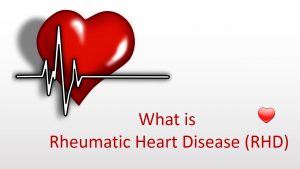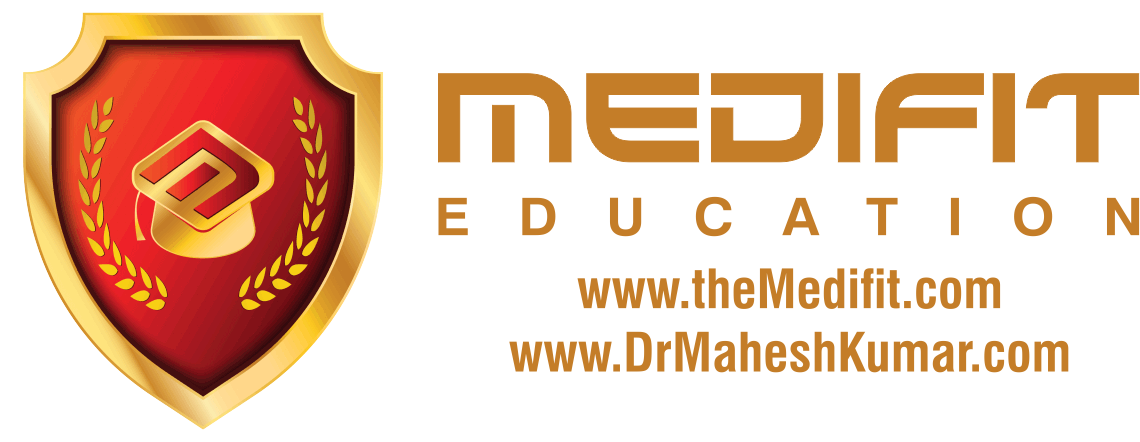Now let’s get to understand some fitness definitions that are important for you. – Aerobic/cardiovascular activity. These are exercises that are strenuous enough to temporarily speed up your breathing and heart rate. Like, running, cycling, walking,swimming, and dancing. – Flexibility training or stretching. This will enhance the range of motion of joints. Age and inactivity tend to cause muscles, tendons, and ligaments to shorten over time. Remember that stretching and warming up are not the same. In fact, stretching cold muscles and joints can make them prone to injury. – Strength, weight, or resistance training. This type of exercise is aimed at improving the strength and function of muscles. Specific exercises are done to strengthen each muscle group. Weight lifting and exercising with stretchy resistance bands are examples of resistance training activities, as are exercises like pushups in which you work against the weight of your own body. – Set. Usually used in discussing strength training exercises, this term refers to repeating the same exercise a certain number of times. For instance, a weight lifter may do 10 biceps curls, rest for a few moments, then perform another “set” of 10 more biceps curls. – Repetition or “rep.” This refers to the number of times you perform an exercise during a set. For example, the weight lifter mentioned above performed 10 reps of the bicep curl exercise in each set. – Warm up. This is the act of preparing your body for the stress of exercise. The body can be warmed up with light intensity aerobic movements like walking slowly. These movements increase blood flow, which in turn heats up muscles and joints so they would be more functional and less prone to injury. – Cooldown. This is the less-strenuous exercise you do to cool your body down after the more intense part of your workout. For example, after a walk on a treadmill, you might walk at a reduced speed and incline for several minutes until your breathing and heart rate slow down. Stretching is often part of a cooldown. – Maximum Heart Rate is based on the person’s age. An estimate of a person’s maximum age-related heart rate can be obtained by subtracting the person’s age from 220. So it you’re 30 years old, your maximum heart rate should be 190. – A way to measure the intensity of your exercise is to check your heart rate or pulse during training. These should be within a target range during different levels of intensity. – A person’s target heart rate should be 50% of his or her maximum heart rate. All the best! Alyaa Gad
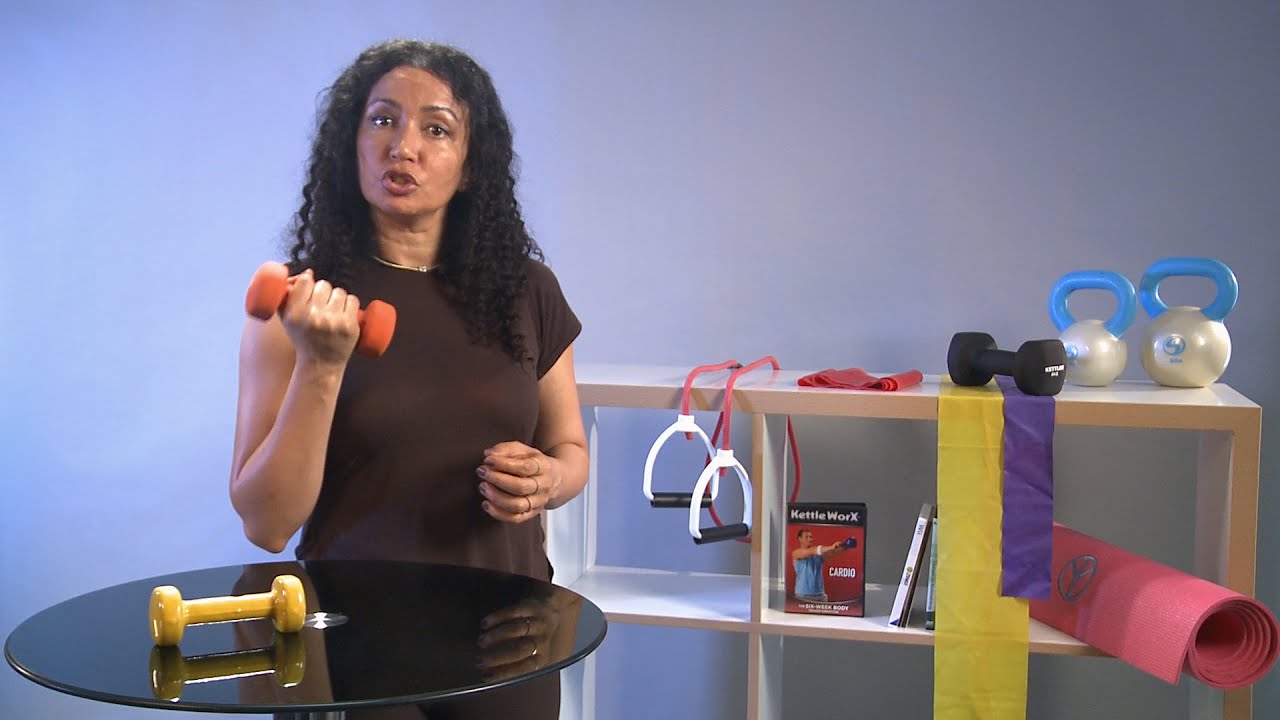
Fitness Definitions
- Post author:
- Post published:June 15, 2021
- Post category:Uncategorized
- Post comments:0 Comments
You Might Also Like

CHEST/PUSH UP Home Workout – Calisthenics Exercises & Variations

Close Grip Triceps Extension-7
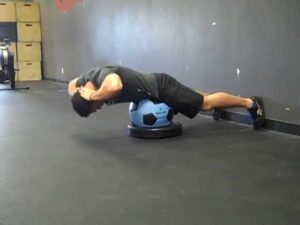
Erector Spinae Back Extension-19

Testosterone & Androgenic Effects Video – 51

Insanity Workout Program ( Nutrition Guide )

Fitness Definition Components Video – 5
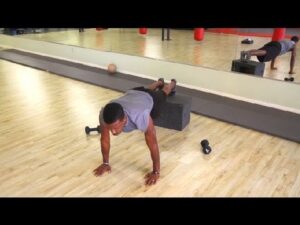
Pectoralis Pushups-3

what is renal failure / Symptoms of kidney failure / chronic & acute kidney failure
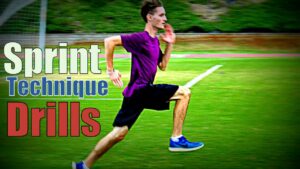
Sprinting Running Video – 2

Elements of Life
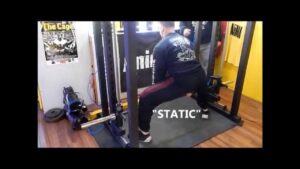
static dynamic smith exercises

Top 5 Alli Orlistat Review Or Weight Loss Products That Work Fast 002

Andrology Video – 1

Common Side Effects of Hypertension Medication, Hypertension Medication with Least Side Sffects
Complete Blood Count
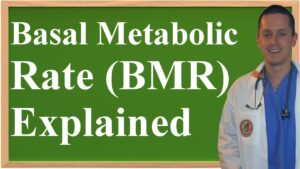
Basal Metabolic Rate (BMR) Explained
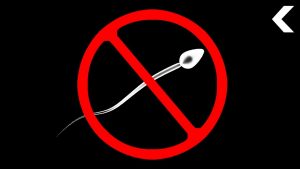
Yes, Sperm Counts Are Plummeting… And Scientists Are Worried

TPO antibodies in hypothyroidism
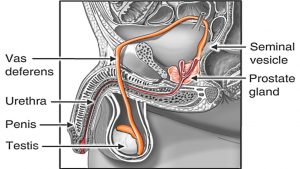
How Sperm Travels through Male Reproductive System Animation – Sperm Release Pathway -Function Video
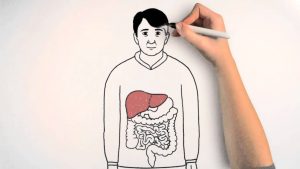
What is Cholesterol? Understanding Cholesterol Part 1
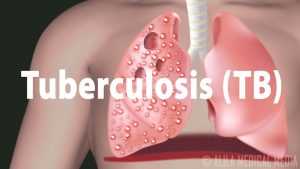
Tuberculosis (TB): Progression of the Disease, Latent and Active Infections.

Hair Growth Animation

How To Sprint – Pt. I

Abhyanga – Ayurved Video – 2

Human growth hormone bodybuilding

Leg Press-2

Should you use Glutamine

Dynamic Back Stretching Exercises | How To
Fitness Science
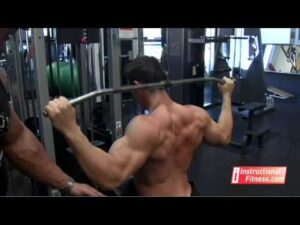
Lat Pull Down-10

Perfecting Your Back Extension Roll

Digestive System And Asnas Video – 4
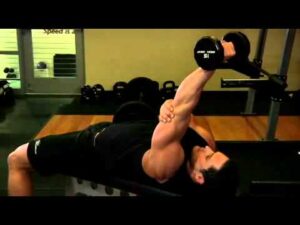
Dumbel 1 arm lying triceps extension
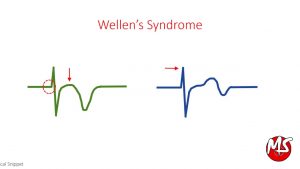
Wellen’s Syndrome – ECG (High Risk for Myocardial Infarction)

Cable Front Raise Exercise
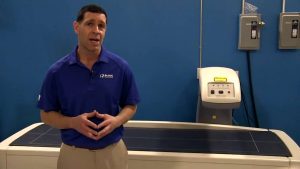
DEXA Machines for Body Composition Scanning

Dumbbell Pullover-3
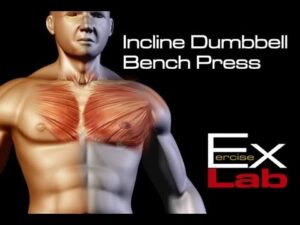
Incline Bench Press ( Dumbbells) : Chest Exercises

Lactation and the Benefits of Breastfeeding | UCLA Vital Signs

What is TB? | Infectious diseases | NCLEX-RN | Khan Academy

Build Massive Chest Muscles With Dumbbell Press For Pecs
